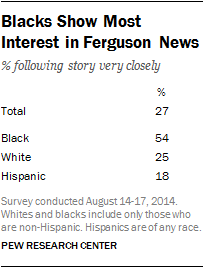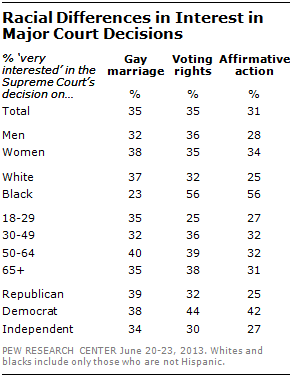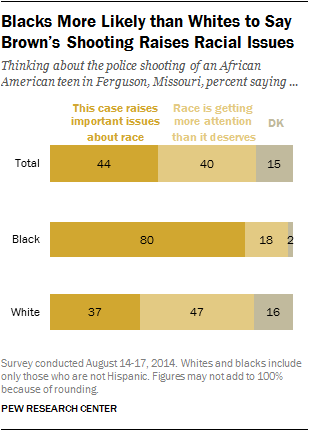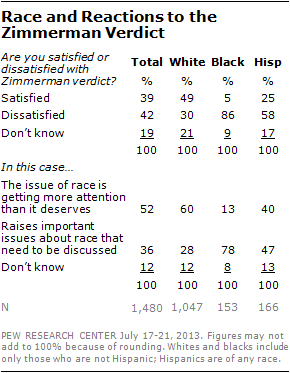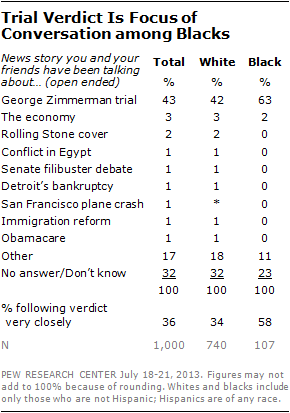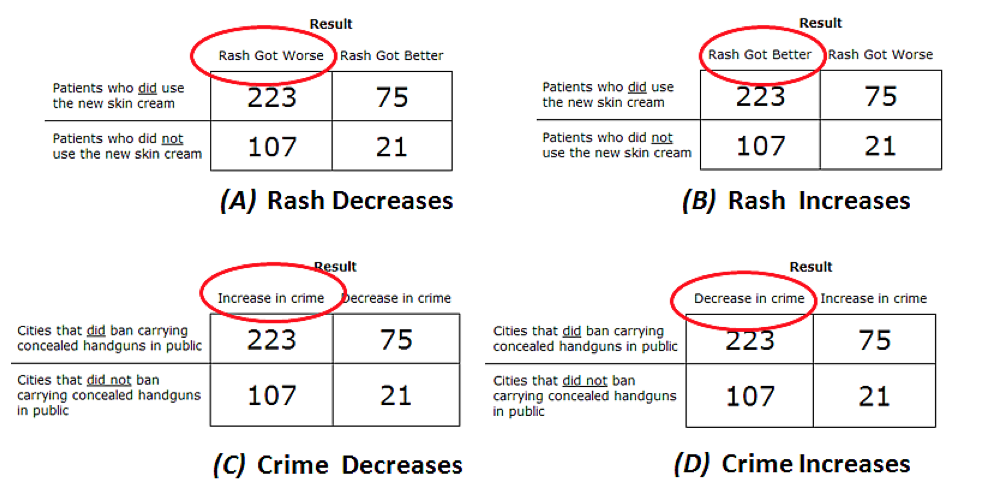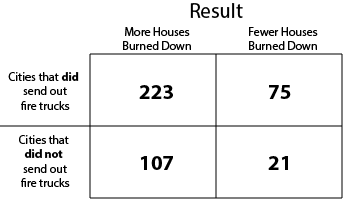Steven Pinker recently offered a lengthy explanation of “Why Academics Stink At Writing.” First, it is important to note that the title of Pinker’s post is misleading. Indeed, as he points out early on, he is actually arguing about why academic writing is “turgid, soggy, wooden, bloated, clumsy, obscure, unpleasant to read, and impossible to understand?” This is different than why academics stink at writing—and, indeed, the claim that “academics stink at writing” is an example of stinky writing, unless one likes sweeping, pejorative generalizations.
Pinker writes that “the most popular answer outside the academy is the cynical one: Bad writing is a deliberate choice.” I’m inside the academy, and I want to offer a non-cynical “deliberate choice” explanation for why academic writing is dense and obscure.
Pinker gets close to my explanation later on the post.[1] Specifically, Pinker attributes dense and obscure academic writing to “the writer’s chief, if unstated, concern … to escape being convicted of philosophical naïveté about his own enterprise.”
The dense and obscure nature of much scholarly writing, of which I am frequent producer, is at least partly the result of the author’s need to convince the reader that the author knows what the hell he or she is talking about.
Qualifications (or “hedges,” in Pinker’s terminology) such as “almost,” “apparently,” “comparatively,” “relatively,” and so forth are not necessarily “wads of fluff that imply they are not willing to stand behind what they say.”
Rather, they ironically can serve as a way to make scholarly arguments more succinct while indicating thought by the author on the matter being described. For example, suppose that I’m describing how members of Congress tend to vote. I could say that “voting in Congress these days is partisan.” Is that true? Well, not exactly. Is it pretty close to true? Yes, in the sense that voting in Congress is highly correlated with partisanship: Members of either party tend to vote like their fellow partisans, and this correlation is stronger today than in much of American history. But it’s not true that members always vote with their party’s leadership. Thus, a more accurate statement—and one that reveals that one is thinking about the data more carefully—is as follows:
Voting in Congress these days is largely partisan.
Pinker describes a lot of words as “hedging,” and they’re not all the same. Continuing the Congressional voting example, one might wonder why Members vote as they do. Even if one thinks that the reader doesn’t need a qualifier like “largely,” the statement “Voting in Congress these days is partisan” is still unclear. For example, is the author claiming that Members of Congress vote as they do because of their partisanship? That is, do Members of Congress simply follow their party’s directions when voting? This is an open question, it turns out. Accordingly, a more accurate statement is
Voting in Congress these days is at least seemingly partisan.
Yes, that sentence is hedging. For a reason—one conclusion a reader might draw from “Voting in Congress these days is partisan” is unwarranted. Including the “at least seemingly” qualifier is not a wad of fluff to signal that I’m not willing to stand behind what I say—it’s a key part of what I want you to hear me saying.
I could go on, but I’ll conclude with the “math of politics” of this phenomenon. Academic writing (and here I am thinking of writing intended to be subjected to peer-review of some form) is dense and obscure because the written presentation of the research is necessarily an incomplete rendition of the research itself. That is, peer review is about trying to verify the qualities of the argument, which often requires inferring about the processes of the research that are by necessity incompletely conveyed in the written work. Dense and obscure writing—jargon, qualifiers, etc.—are a bigger manifestation of the typographical convention “[sic.]” When quoting a passage with an error, such as a misspelling or grammatical mistake, it is common practice to place “[sic.]” immediately after the mistake(s). This is done because the author needs to signal to the editors, reviewers, and readers, that this mistake is not the author’s fault. Importantly, though, it illustrates more than just that—[sic.] also signals that the author noticed the mistake.
Academic writing has to be dense and obscure, i.e., tough to parse, precisely because most scholars study phenomena that are tough to parse. To continue Pinker’s theme, then, one might say that scholarly writing “stinks” because the real world “has so many smells.” Ironically, academic writing is difficult to read because it is attempting to portray what is almost always a big and variegated reality: often, the appealing parsimony of a conversational style is insufficient to accurately convey the knowledge and findings of the author.
In conclusion, academic writing is a very complicated signaling game—and I don’t mean “game” in a derogatory sense—that is necessitated by the various constraints we all labor under: time, resources, page limits, and exhaustion in both mental and physical forms. Dense and obscure language is more costly and complicated than conversational language, but this costly complication is a requisite outcome of the screening process that scholarly work is rightly subjected to.
[1] I couldn’t quite figure out how to put this in the body of this post, but the point at which Pinker turns to this argument occurs in an ironic paragraph:
In a brilliant little book called Clear and Simple as the Truth, the literary scholars Francis-Noël Thomas and Mark Turner argue that every style of writing can be understood as a model of the communication scenario that an author simulates in lieu of the real-time give-and-take of a conversation. They distinguish, in particular, romantic, oracular, prophetic, practical, and plain styles, each defined by how the writer imagines himself to be related to the reader, and what the writer is trying to accomplish. (To avoid the awkwardness of strings of he or she, I borrow a convention from linguistics and will refer to a male generic writer and a female generic reader.) Among those styles is one they single out as an aspiration for writers of expository prose. They call it classic style, and they credit its invention to 17th-century French essayists such as Descartes and La Rochefoucauld.
To be clear, it took me a couple of reads to comprehend that paragraph. A conversational style is Pinker’s ideal for clarity—so why include the parenthetical explanation his gendered pronouns?

